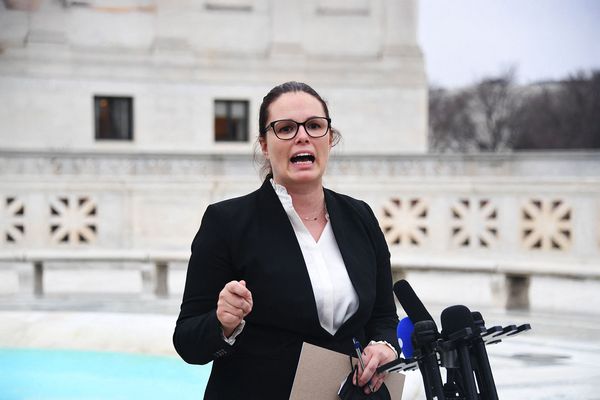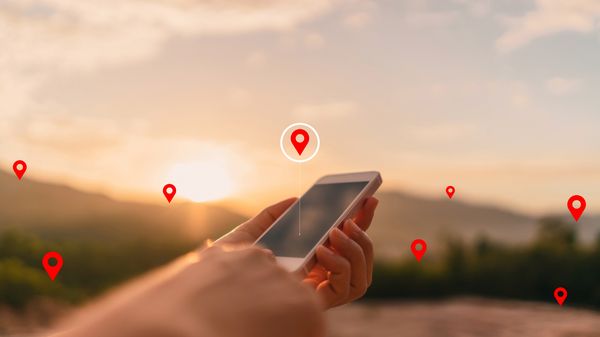
It’s a brave new world for banking. Electronic payments reign supreme and fraudsters lurk in the digital shadows, and that means switching banks has become a delicate dance of security and convenience. With the proper steps and a dash of vigilance, you can seamlessly transition your finances without falling prey to scams or disrupting your financial flow.
“Although it can be a hassle, it's often worth it if your bank doesn't align with your current financial needs,” says Gloria Garcia Cisneros, CFP, a wealth manager at LourdMurray. “There are also more options now with online banks offering fewer fees and more flexibility than your typical big bank names.”
Still on the fence but considering moving your accounts to a new bank? There are lots of good reasons to switch: Does your current bank offer puny APYs on deposit accounts? Is it offering all the types of accounts you need, such as certificates of deposits (CDs), retirement accounts, or credit cards? Or maybe you’re moving, and you prefer the service of a local, community-minded bank or credit union.
Regardless of the reason, moving your money to a new bank doesn’t have to be complicated. Follow the steps below to make it easy.
Step 1: Find a new bank
The first step is knowing where you want to bank with: Are you looking for higher APYs on deposit accounts? Consider an online-only bank—just make sure it’s a legit bank with Federal Deposit Insurance Corp. (FDIC) coverage.
Do you like to bank in person and have the tellers know your name when you walk through the door? Don’t forget to look into local credit unions, which may offer better interest rates than local banks.
It’s also worth looking into reviews from customers before signing on so you can get a feel for customer service. You could also check to see if the bank is listed on the BBB or DepositAccounts to get a better feel for its reputation.
Step 2: Make a list of your automated deposits and payments
Write down everything that comes into your account, including direct deposits from paychecks, government benefits, or investment dividends.
Next, make a list of all the automatic payments leaving your accounts—This could include any automatic bill payments such as credit cards, your mortgage, and utilities. Consider any monthly subscriptions, like Netflix or gym memberships. If you use peer-to-peer payment apps such as Venmo or Zelle, include those as well.
Also note any recurring transfers from your checking to your savings account or loan payments.
“I would export the last month or two of expenses or look at bank statements to make sure you have a clear idea of what recurring expenses you would need to transfer over to be paid out of your new accounts,” encourages Garcia Cisneros.
Step 3: Open a new bank account
Opening a new bank account is a straightforward process. You may need to provide details such as your ID, social security number, legal address, and contact info. Some banks may also require a minimum opening deposit.
This process can typically be completed online, but a teller can help you with the process in person if you’d prefer.
Step 4: Enroll in mobile banking
Online and mobile banking can give you access to your accounts from anywhere. To enroll, you may need to enter your account number, personal identifying information, and the last four digits of your social security number.
Once you’re all set, you’ll be able to check your account balances, deposit checks, and pay bills from your phone.
Step 5: Set up automatic deposits and payments on the new account
Here comes the most time-consuming part: Updating all your incoming and outgoing money in the new account. Start with your direct deposit to make sure your paycheck is rerouting to your new account—note that this could take a bit of time and might not go through immediately.
Next, reschedule your automatic bill payments and any other recurring transfers, such as your mortgage payment, other loans, or an automatic transfer to your savings.
From there, make sure your new account number is in place across all your monthly subscriptions and service providers.
Step 6: Close your old account
While closing your old account immediately may be tempting, Garcia Cisnero recommend giving it at least a few weeks:
“You may have forgotten about checks that haven't cleared or transactions that are recurring throughout the year,” says Cisnero. “It takes a week or so to get your new debit card in the mail so I would also make sure you withdraw some cash and keep the original debit card for the one-off expenses that might come through.”
Keep some money in the old account to cover any pending bills or expenses, or in case you forgot something. Check your old bank statement over the next couple of cycles to make sure there are no more automatic deposits or transfers.
Once you’re sure you’re ready, you may need to go to your bank in person to close the old account, though some banks may allow you to do this online or over the phone. It’s also a good idea to ask for written confirmation that it’s closed and check back in after a few weeks to ensure there are no residual fees or charges.
The takeaway
While it can feel daunting, changing banks shouldn’t be an overwhelming process. If it feels like a lot, simply take it one step at a time. You can leave your old account open as long as you need to, as long as you ensure you have enough in there to cover any recurring expenses still coming out.







